Sitka
Making my way further north again after diving in Oregon with Jenna Walker, I made my way to Sitka, in the southeast of Alaska. I was extremely fortunate to be hosted by Assistant Professor Joel Markis at the University of Alaska Southeast where I would be learning all about the scientific diving program conducted at the university and some of the research that occurs on the local temperate reefs. Plus get a taste of even colder diving!
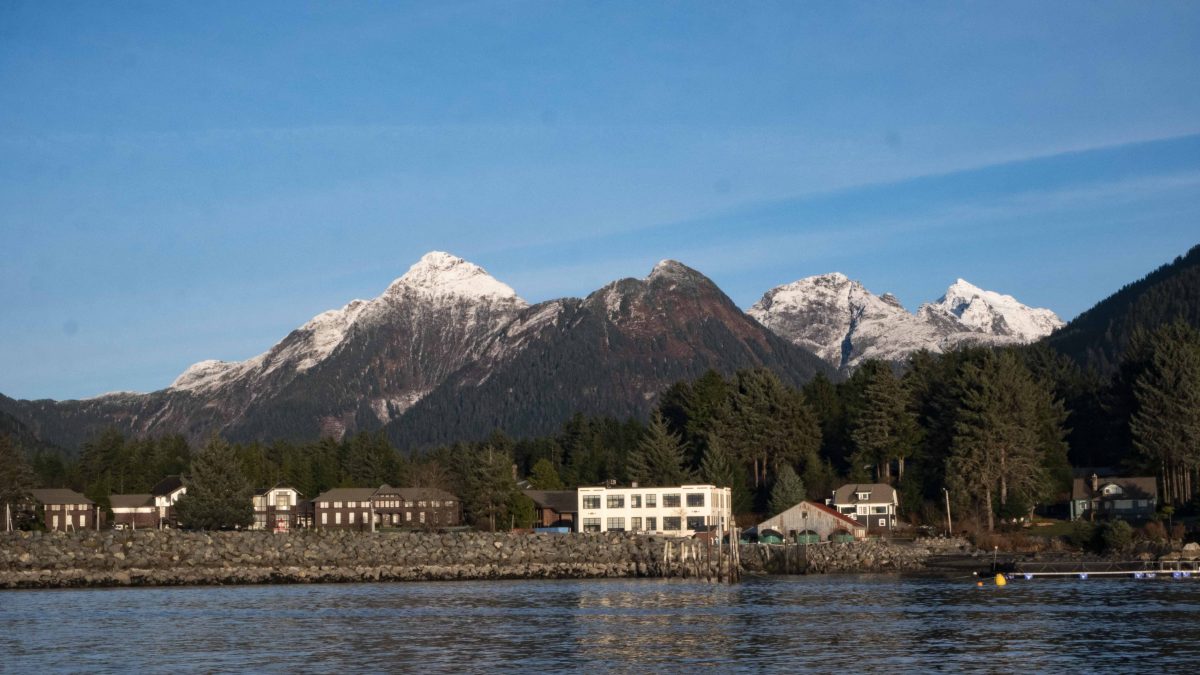
Sitka was approximately a four hour flight from Seattle and is a stunning seaside fishing town, set at the base of beautiful glacial carved mountains .
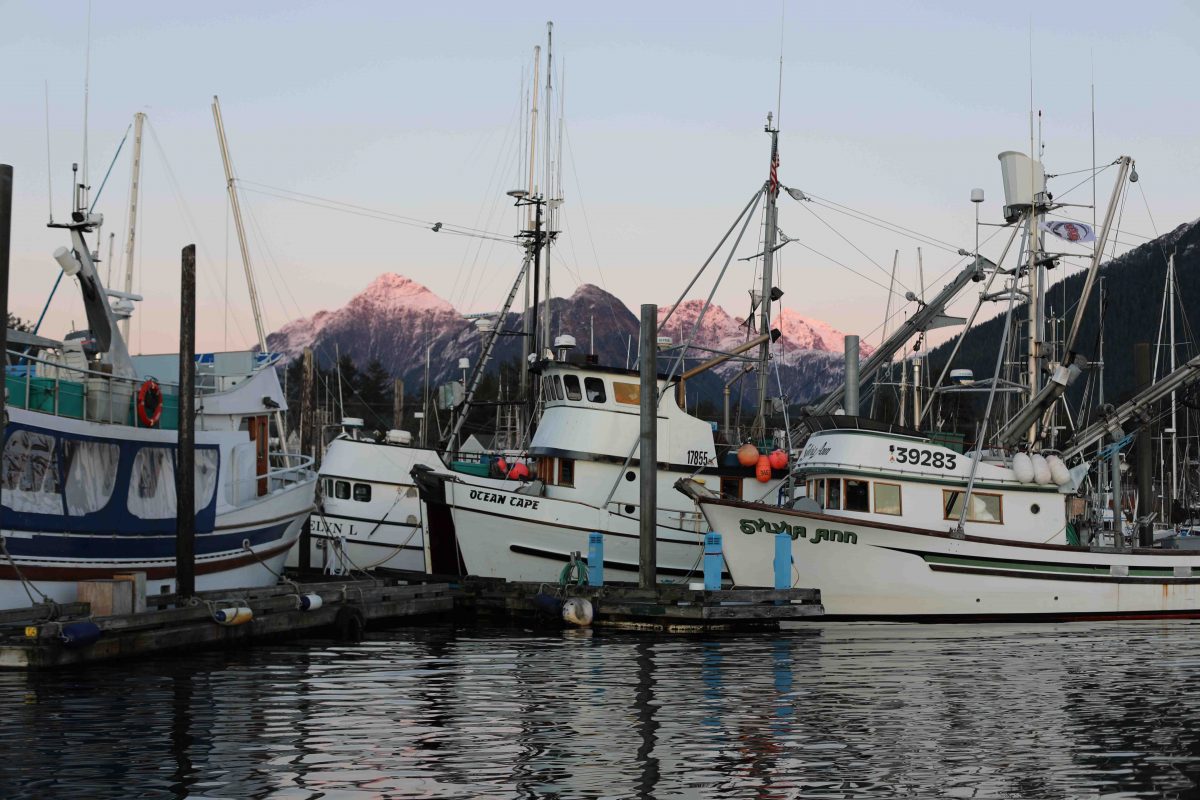
Here I would spend the next week with Joel, learning all about the AAUS Scientific Diving program he and Professor Reid Brewer run with students as well as remote and extremely cold water diving. The closest hyperbaric chamber is in Seattle, making diving in the southeast of Alaska extremely remote. Over my time in Alaska, I was gaining practical skills in order to learn how to be a better scientific diver in colder water and in isolated conditions.
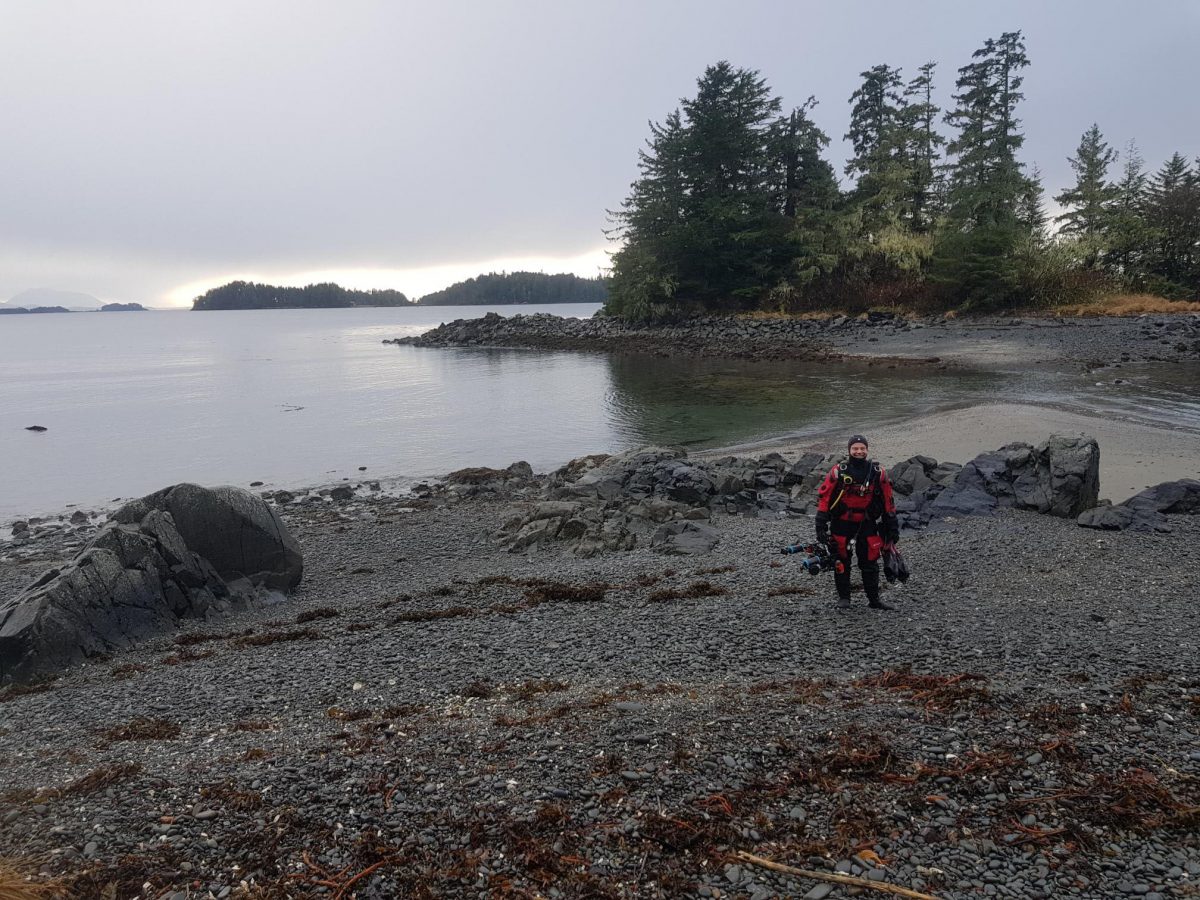
I was itching to get in the water and experience Alaskan diving, and Joel was keen to show me. We headed to one of his favourite sites and one of the major sites used for the scientific diver training as well as a research site, Magic Island.
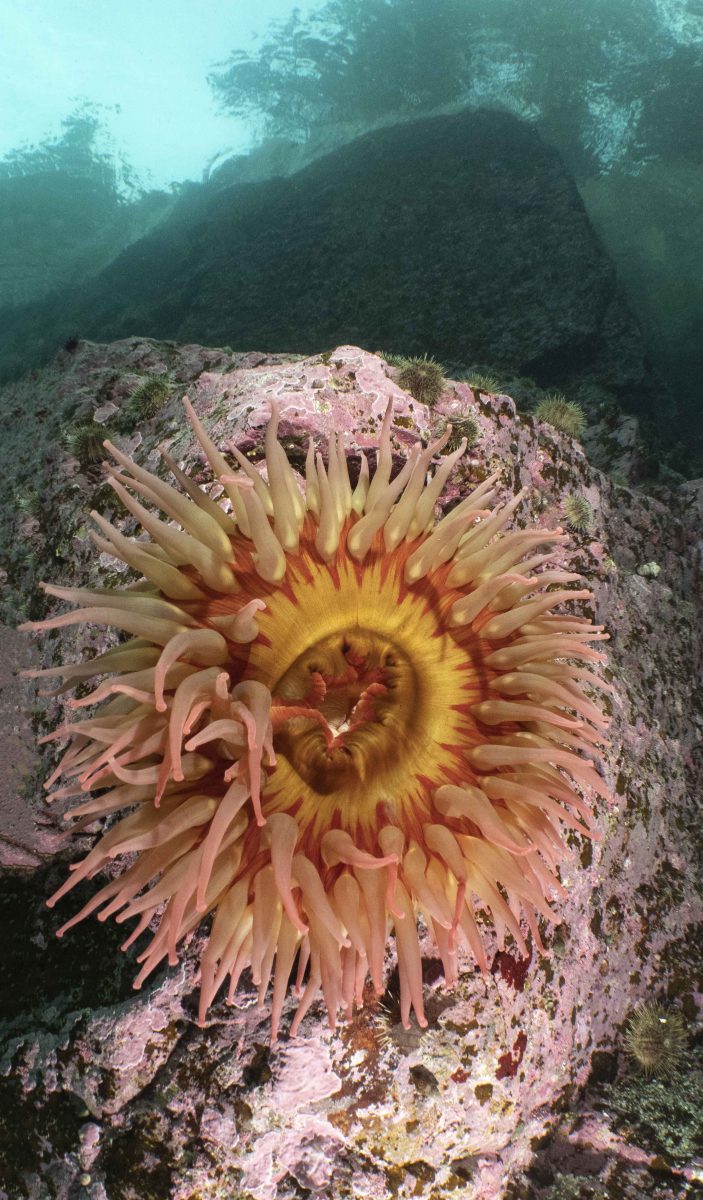
Under the surface lied a stunning kelp forest ecosystem, and due to the cold water, some ginormous animals! Joel also provided me with the opportunity to dive with some of the other locals, where we would dive along the jetty for a ‘treasure’ dive. The treasures were anything from antique plates, saucer, jugs and mugs that had once been discarded by ships on their arrival into port. The big treasure for me though during this dive was the incredible array of nudibranchs (one of my favourite animals). An absolute stunning variety of nudibranchs carpeted the seafloor beneath the jetty, including the largest nudibranchs I had ever seen in my entire life!
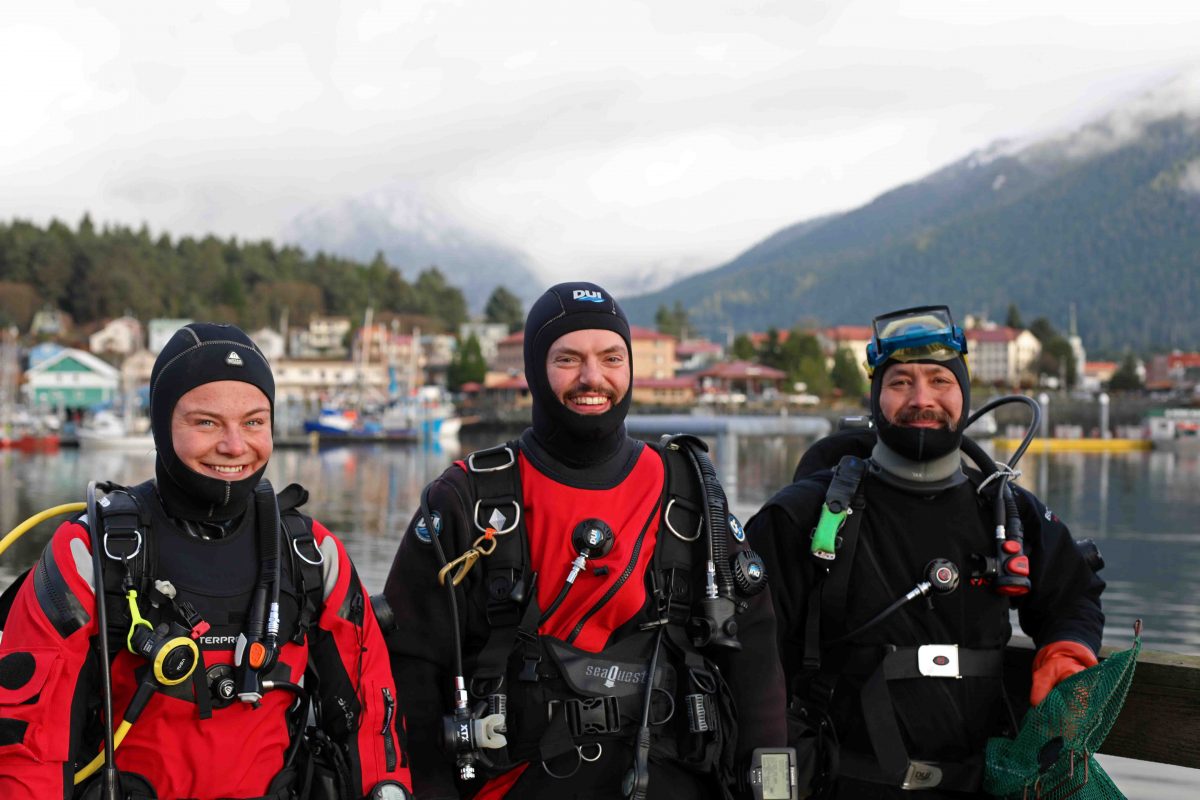
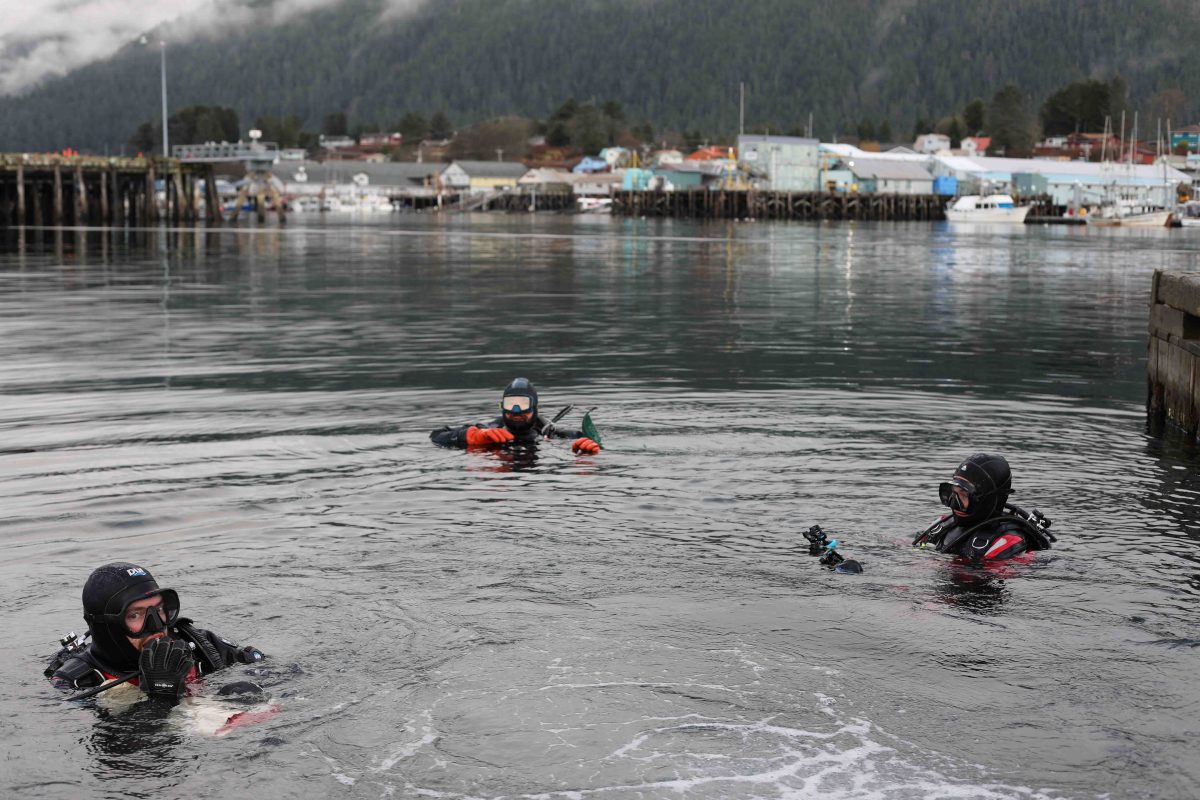
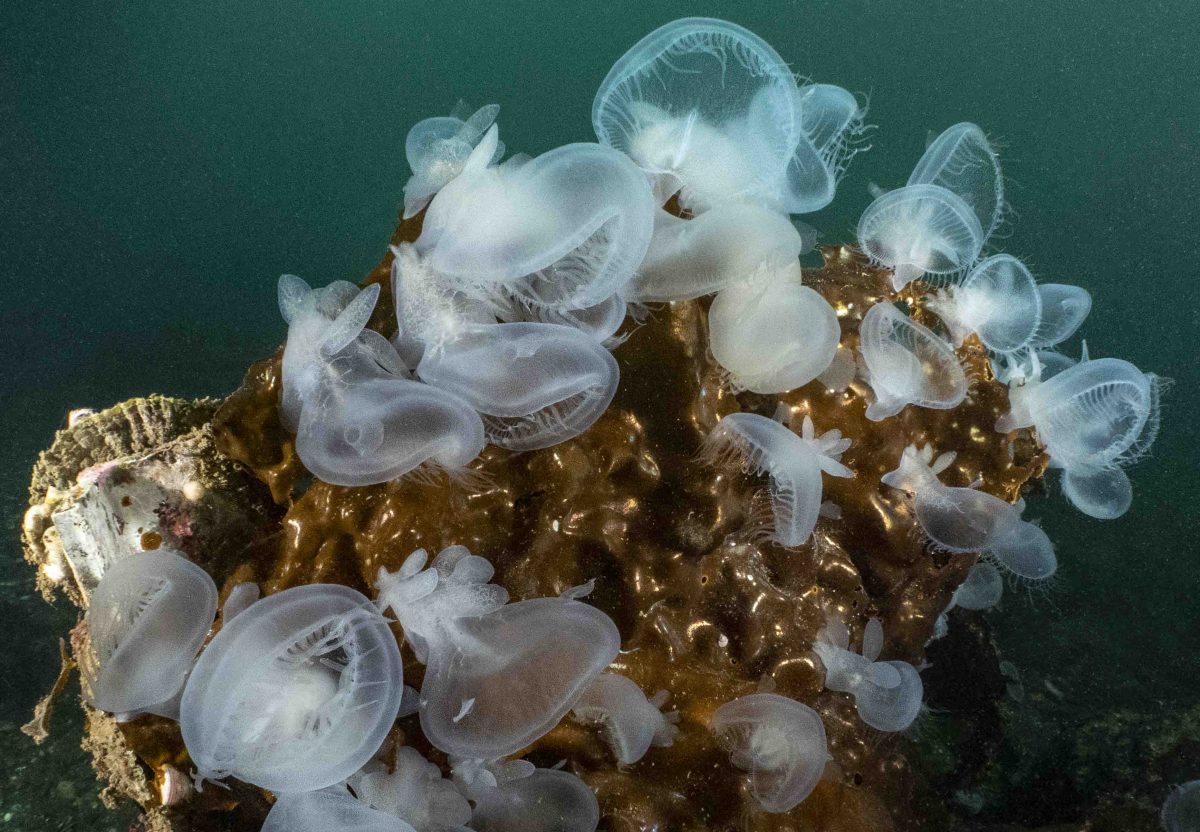
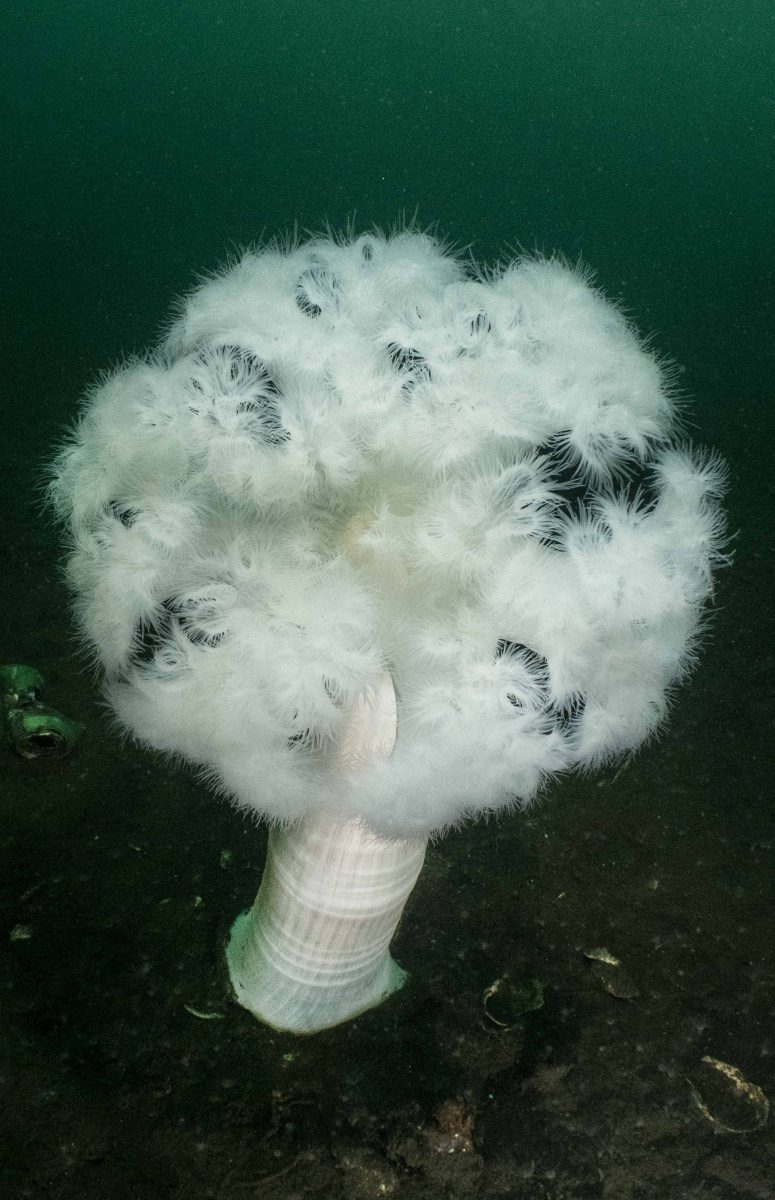
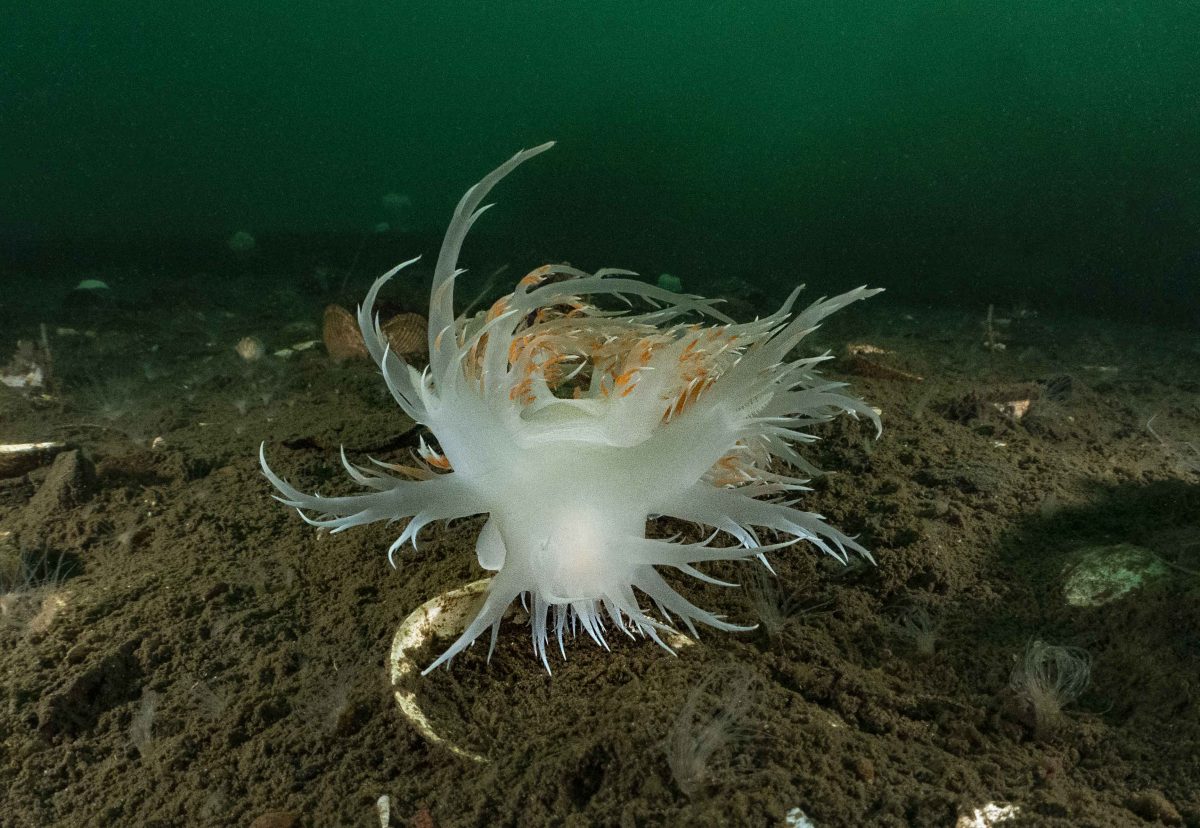
Joel also took me out into the field to collect some data for a long-term study he has been contributing to, the Coastal Community Ocean Observers (C2O2) Program. Over the last two years, Joel has been collecting data to the C2O2 program, which is aiming to track Climate-induced changes, including monitoring ocean acidification, as well as decreasing gaps in coastal ocean monitoring data longterm.
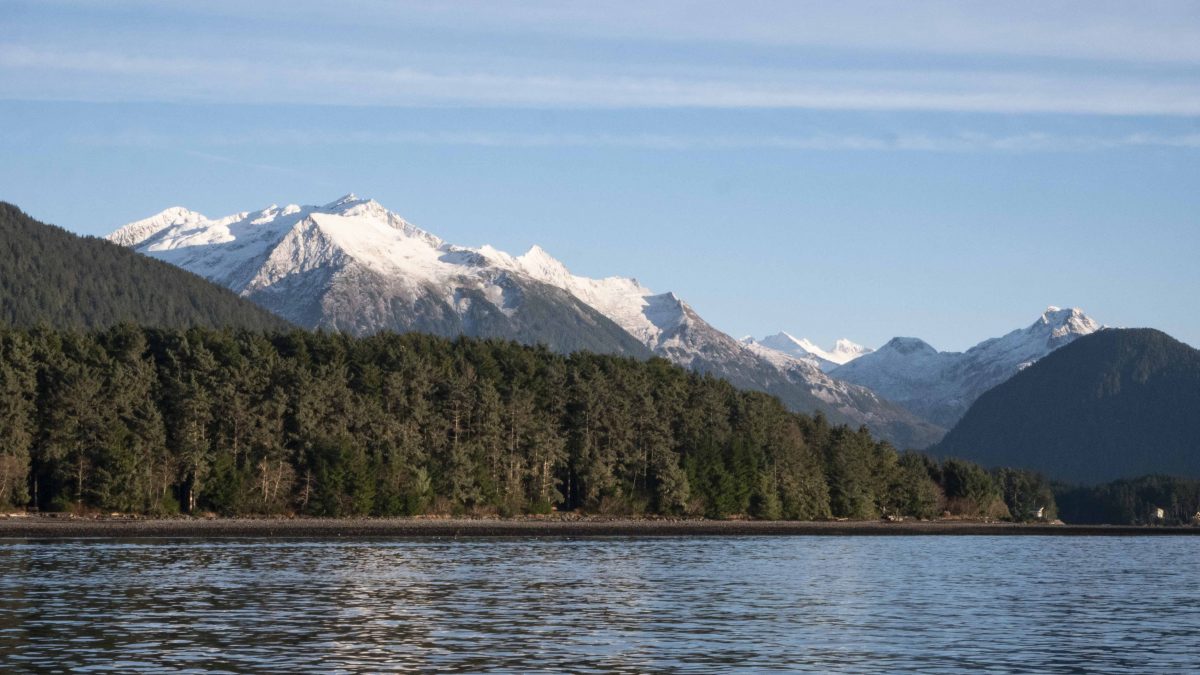
The program was developed as the Alaskan coastline is an area of the country which lacks modern infrastructure, but is at risk of the greatest threats in terms of socio-ecological change from climate influences. This is due to a number of contributing factors that could result in impacts such as costal erosion, flooding, loss of sea ice, loss of economically and culturally important food resources and many more.
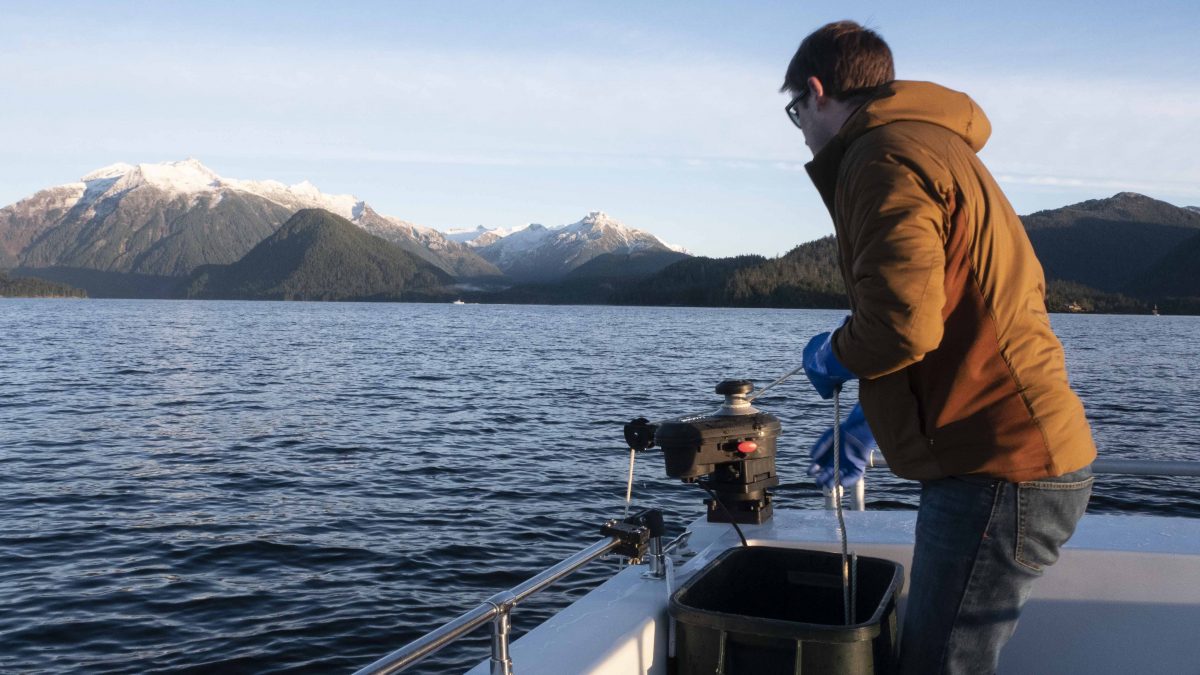
I was very excited to be out in the field collecting this critically important data with Joel, and we were particularly lucky to get a stunning sunny day considering it was the middle of winter. We would be deploying a CTD (Conductivity, Temperature and Depth), an electronic instrument which measures these specific characteristics of the water.
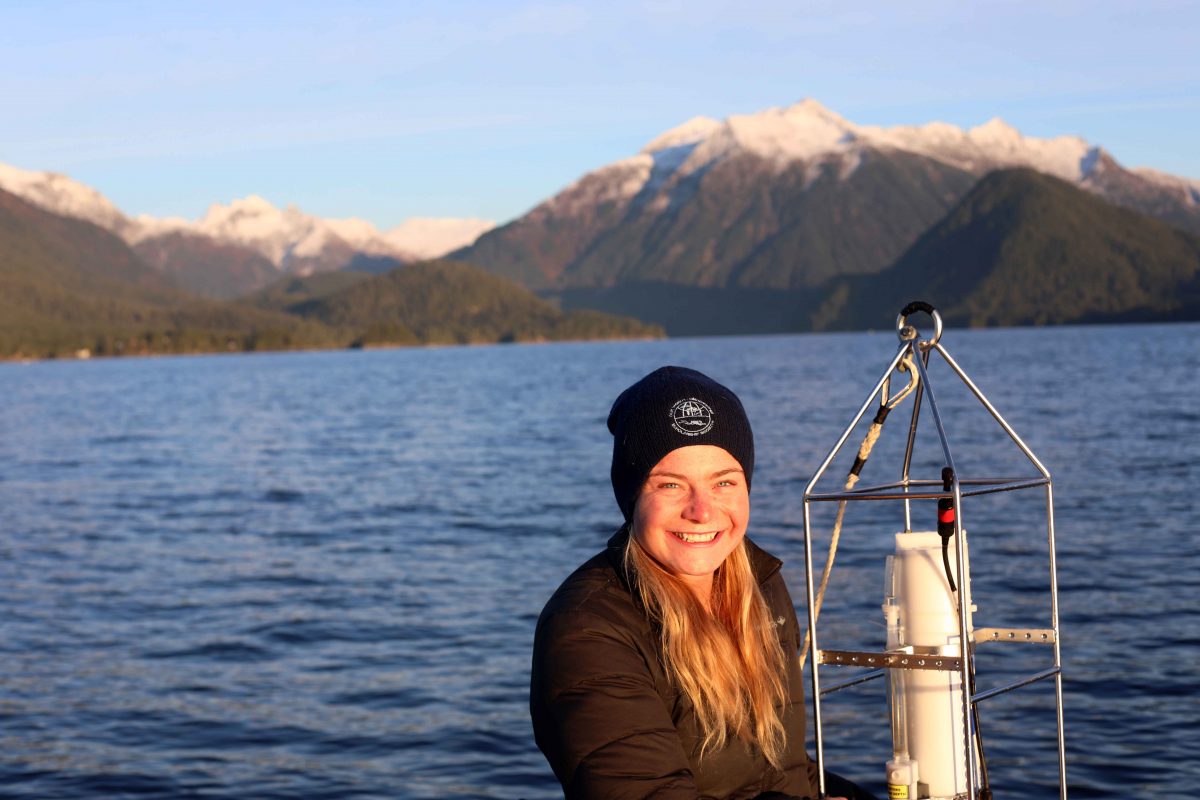
Once we returned to the University campus, we downloaded the data and Joel showed me some of the analysis that is undertaken in the statistical analysis program R Studio, to understand the patterns between conductivity, temperature and depth at the sites we collected data from. This was then compared to data Joel had previously collected, allowing me to see some of the temporal patterns that were being observed.
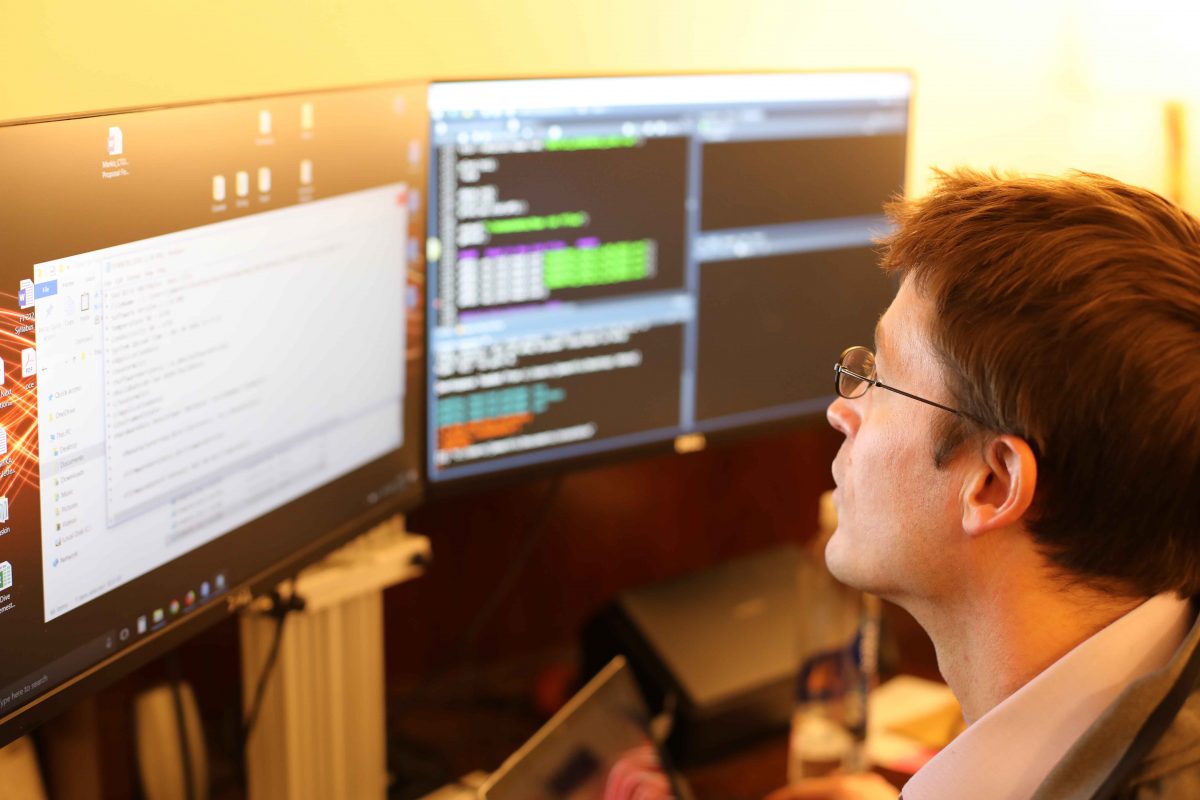
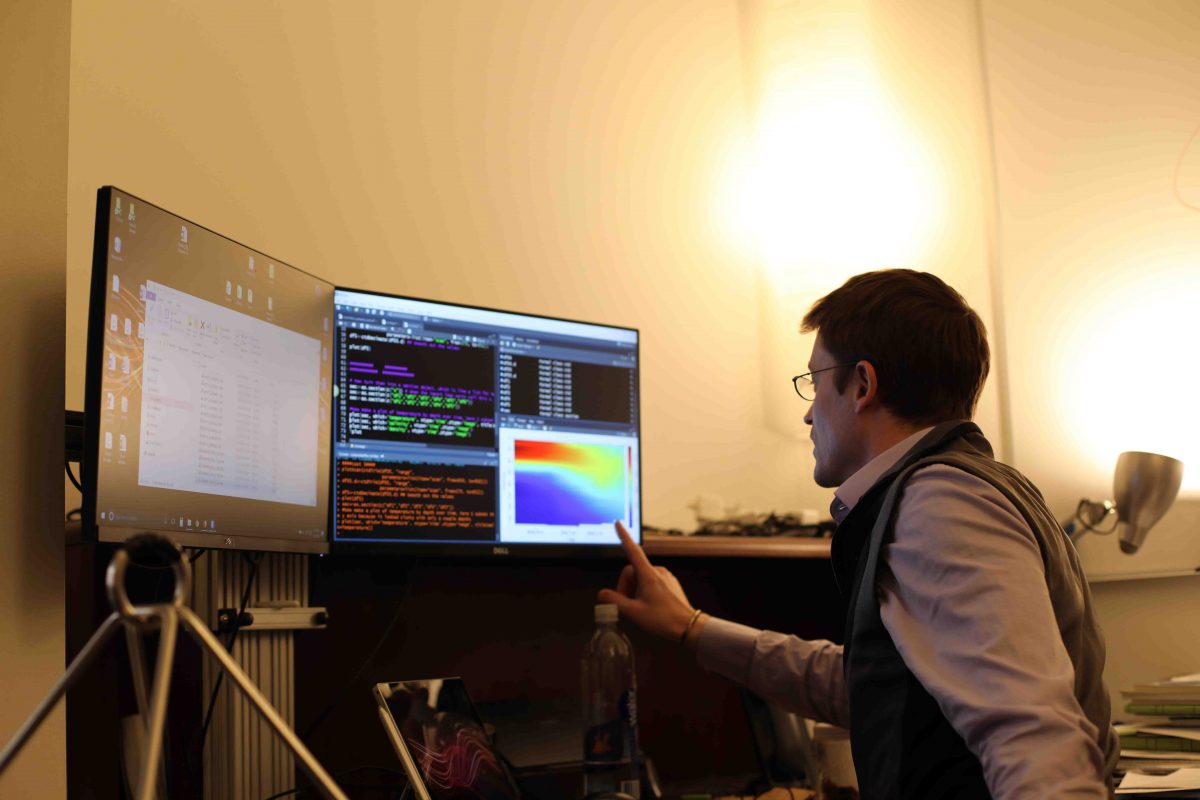
Below is just a few of the plots that Joel made in R Studio, which allowed me to have a better understanding of some of the patterns they were seeing, and how this data was contributing to a larger overall dataset that the C2O2 program was collecting.
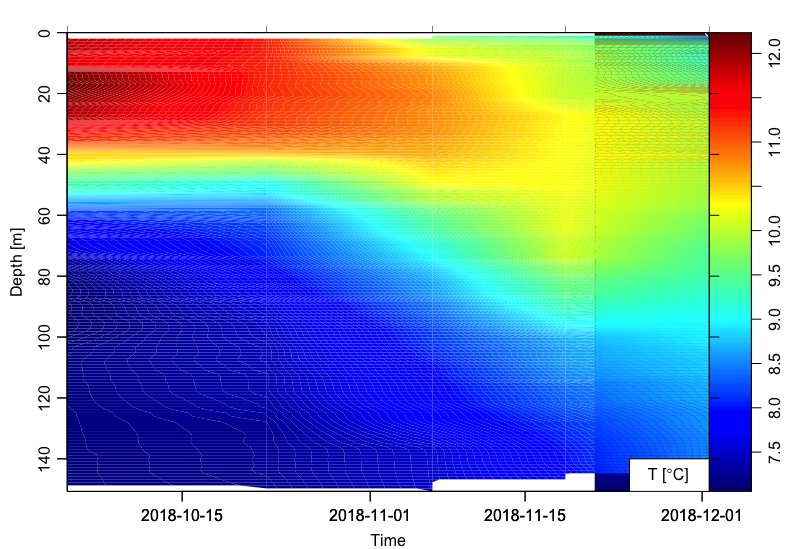
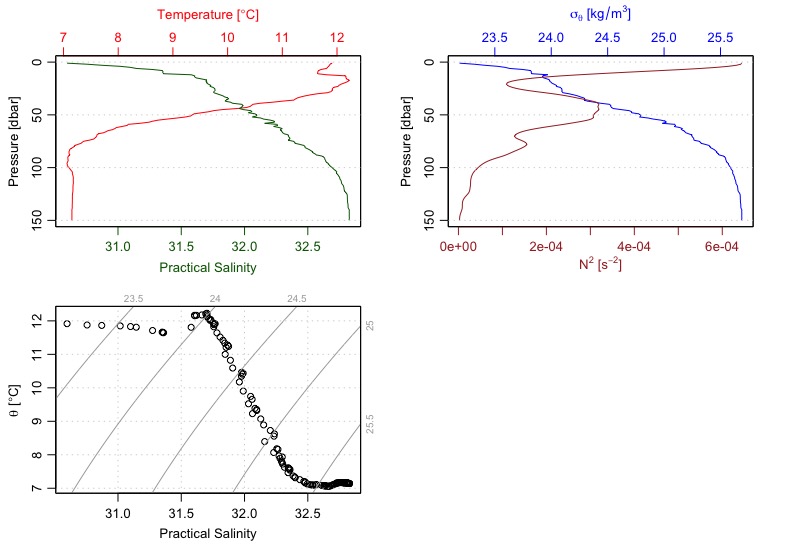
Being winter, the sun set by 3pm, so just as we were leaving the water we were extremely lucky to be surrounded by a pod of Humpback Whales at sunset.
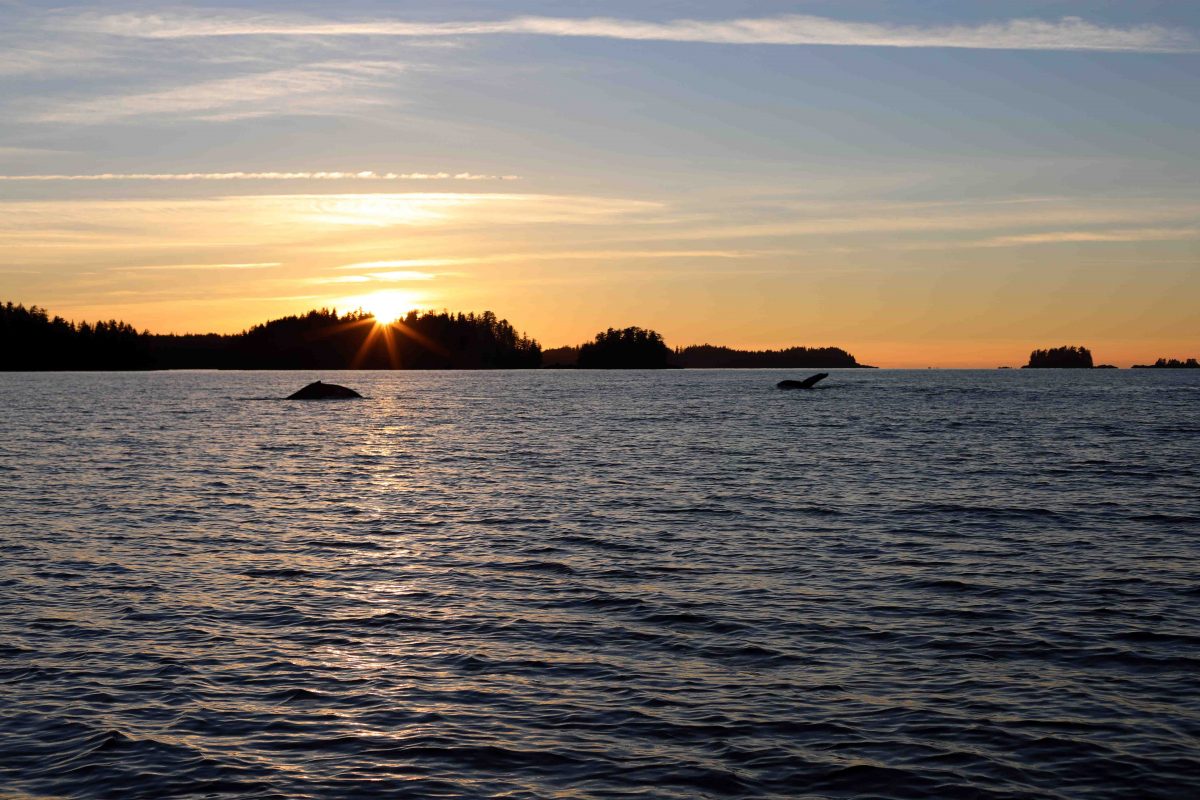
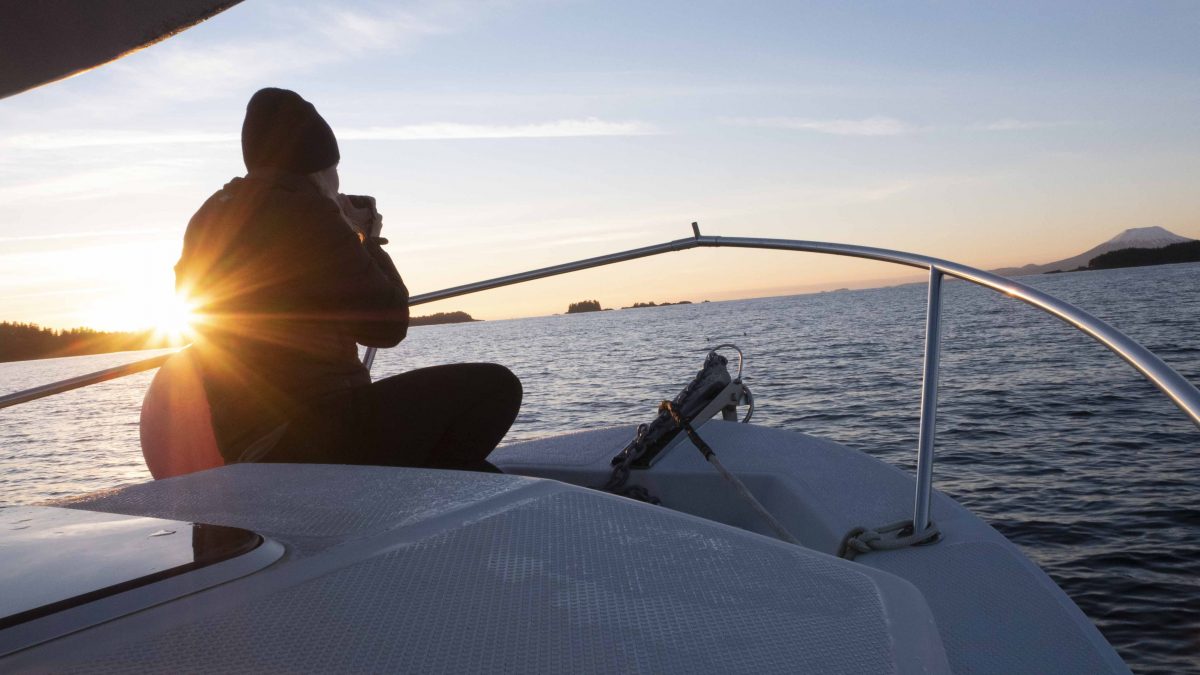

Joel also dedicated a large amount of time teaching me about equipment and maintenance that was part of his role for the scientific diver program during my time at the university. I got to assist and learn how to maintain and prepare a variety of boat and dive equipment for the upcoming scientific diving programs. This included servicing regulators, from stripping them apart to re-tuning them.
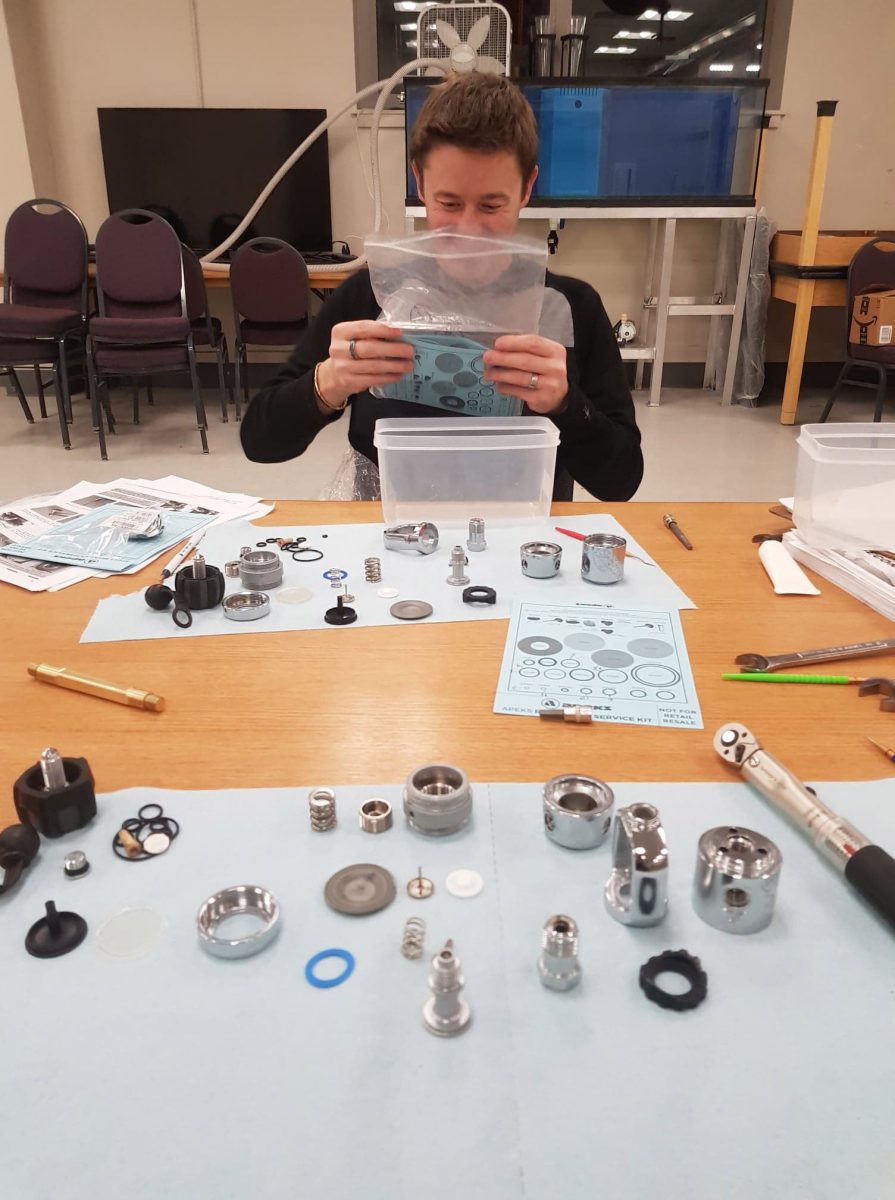
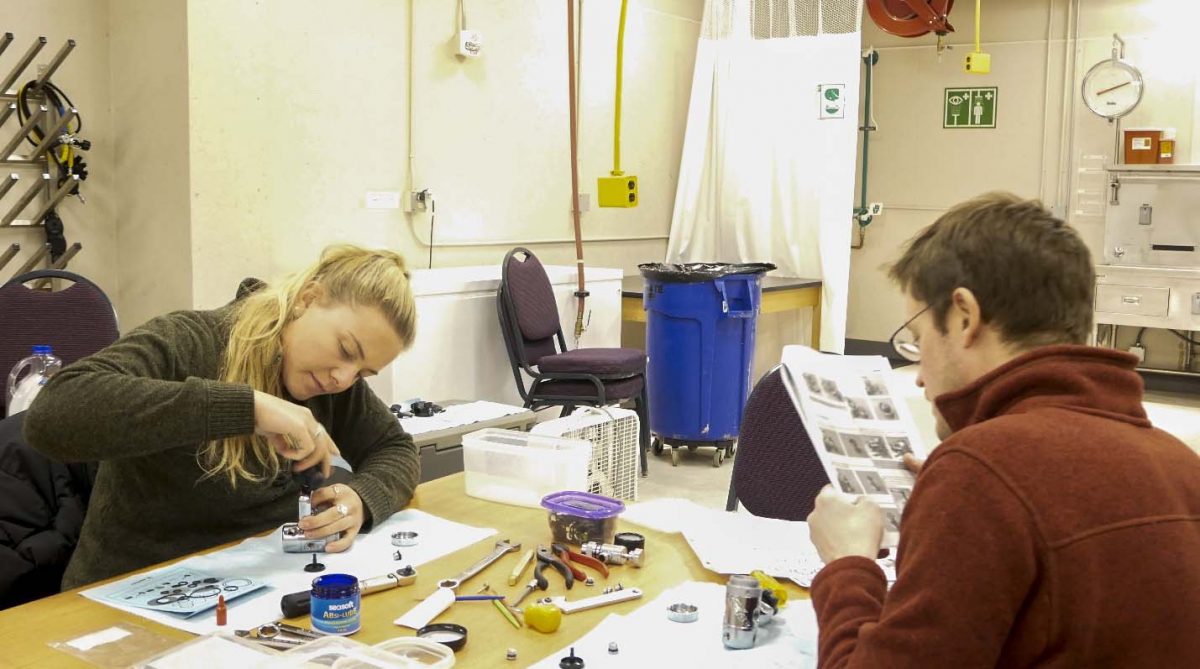
Joel had recently acquired a new zodiac for the upcoming scientific diver program, which I learned how to set-up and break a new outboard in. This meant that we needed to take the boat out on the water for a test run and some more diving!
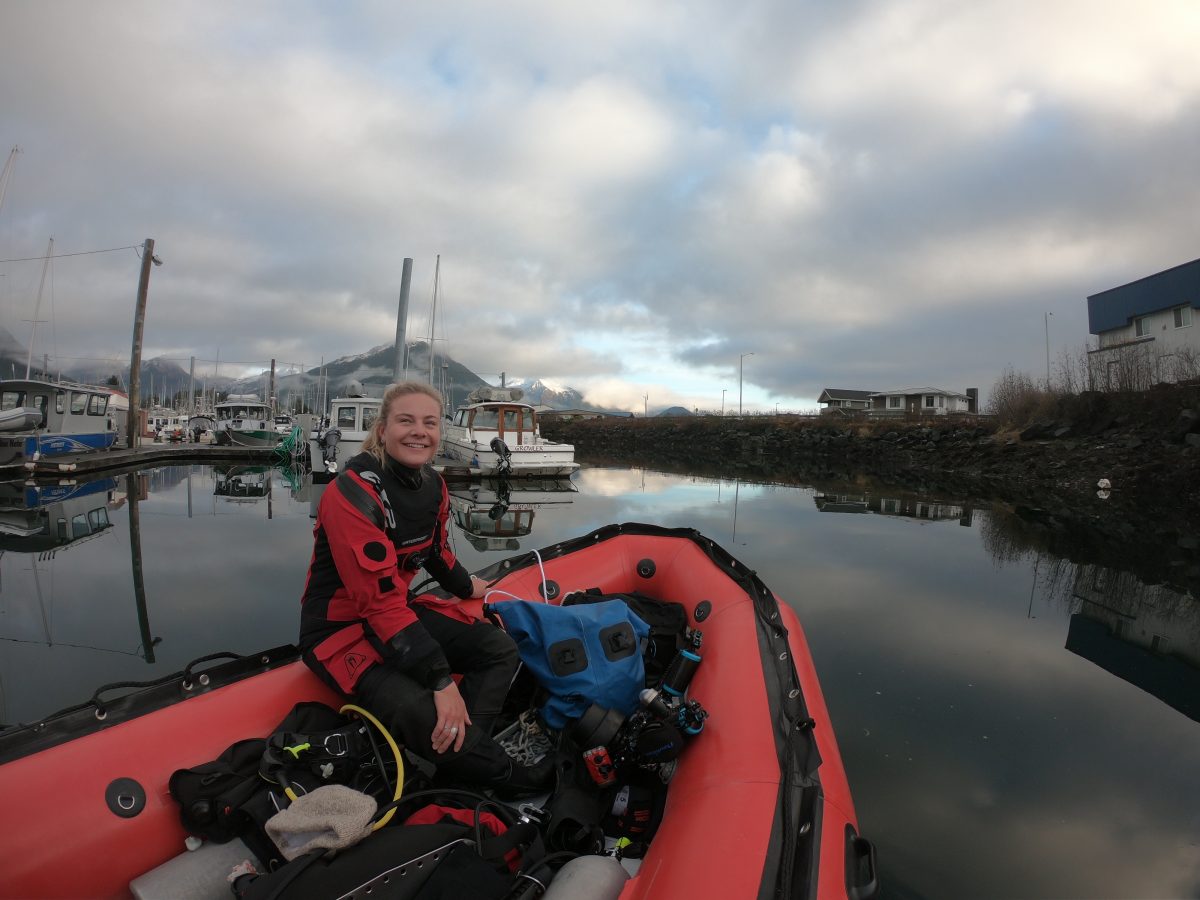
I also spent time learning about the local species and understanding some of the impacts the environment has faced. A large problem that northern California and the southeast of Alaska have faced is a disease impacting the native Sea Stars, which turns them almost into dust. Joel has been conducting the research on the Sea Star wasting project around Sitka, which is monitoring the disease around the area.

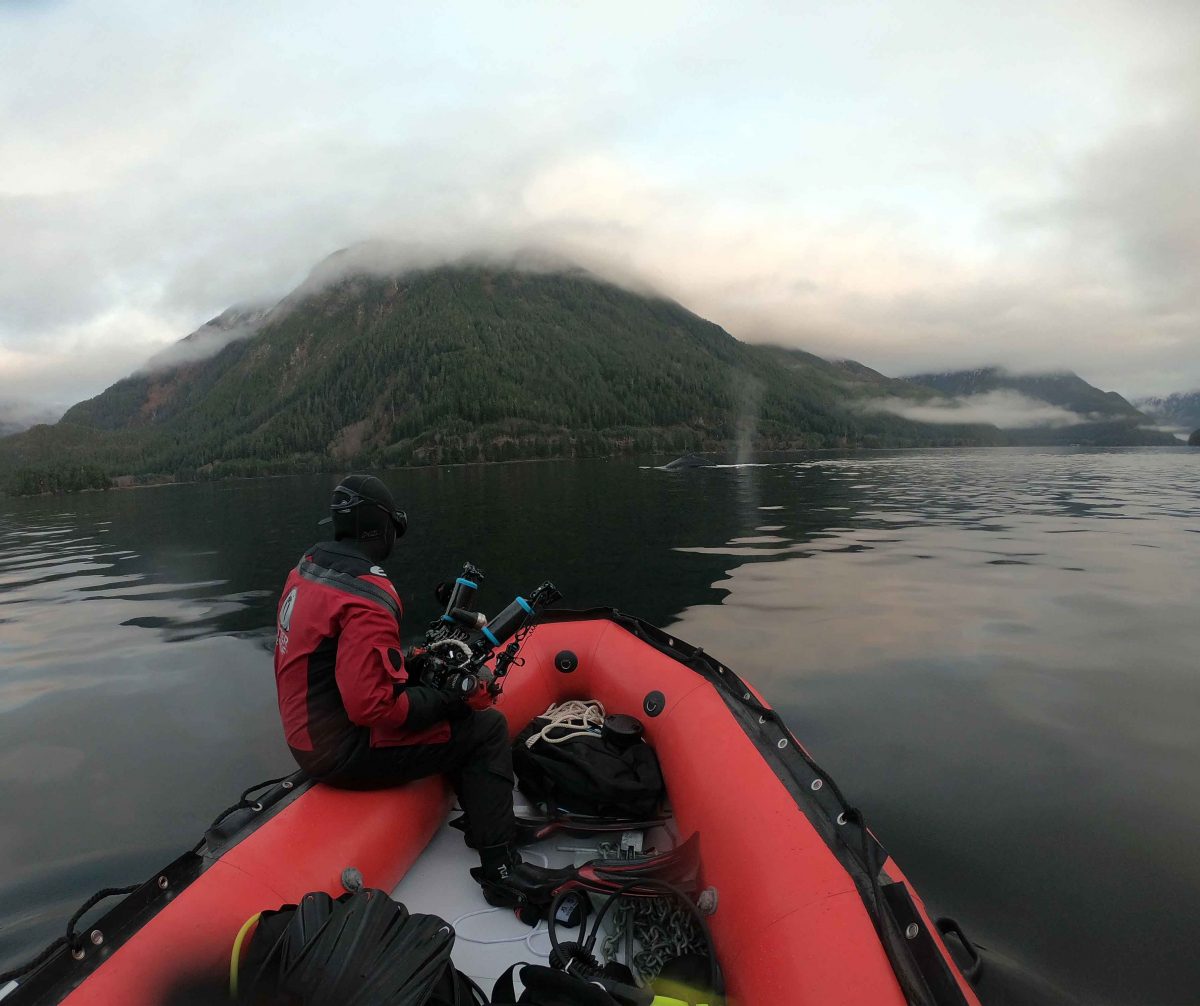
I gained so many more practical skills in the time I spent with Joel and I cannot thank him enough for the time he dedicated to teaching me about scientific diving in remote and cold environments.
Juneau
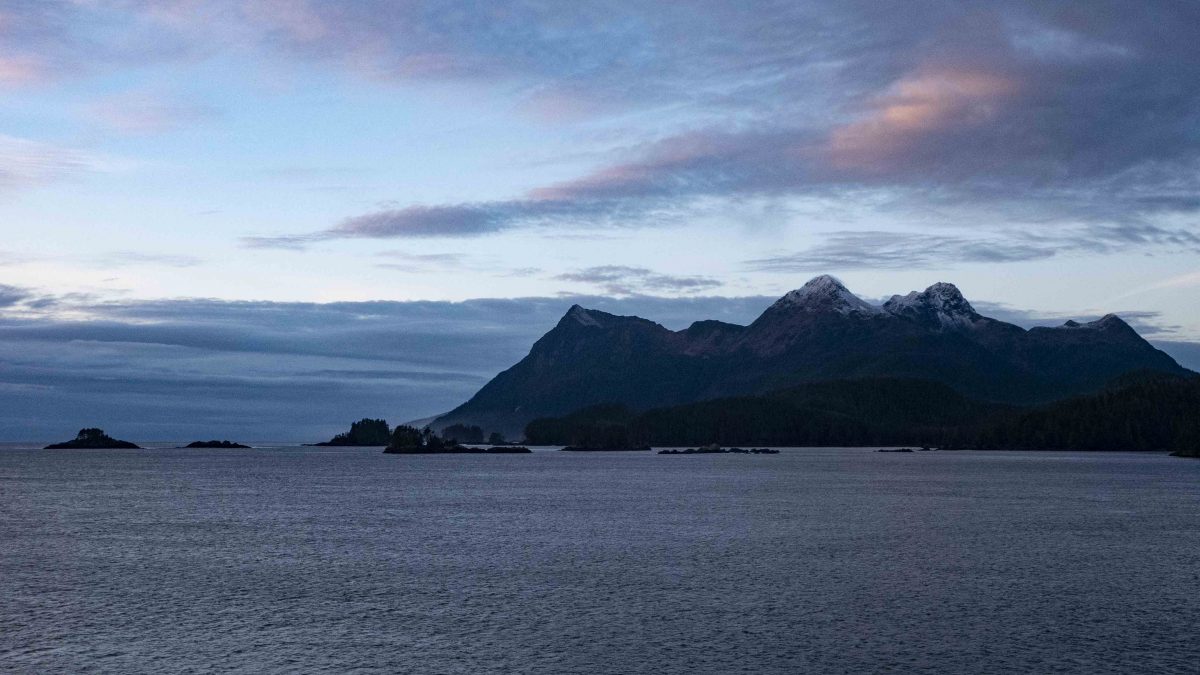
I then headed a little bit further north to Juneau, the capital of Alaska. I caught a slow ferry from Sitka to Juneau, which gave me the most brilliant opportunity to see more of the stunning scenery and wildlife of Alaska – including wild otters. I didn’t arrive until 2:30am, but I was staying with Ashley Bolwerk, an absolute legend who still got up at this awful hour to pick me up from the ferry terminal and hosted me at her house!

Before flying back to Australia I would spend the next few days diving with Ashley, who is a current Masters Student at the University of Alaska Fairbanks (NOAA). Ashley’s master’s research is investigating the influence of Sea Otters on the Intertidal zones. I got to spend some time with Ashley learning about her research onsite at the University of Alaska Fairbanks, as well as get some diving in. Ashley and I were joined by friend and recent masters graduate April Rebert, who is a crab biologist for the Alaskan Department of Fish and Game.

I was delighted that both of these wonderful ladies had the time to take me diving and to get back into the icy 2 degree Celsius water. I was excited to check out what this part of Alaska had to offer – and although my lips and hands were completely numb at the end of this dive, my favourite fish was the incredibly tiny and cute Pacific Spiny Lumpsucker, an iconic fish around the Pacific Northwest.

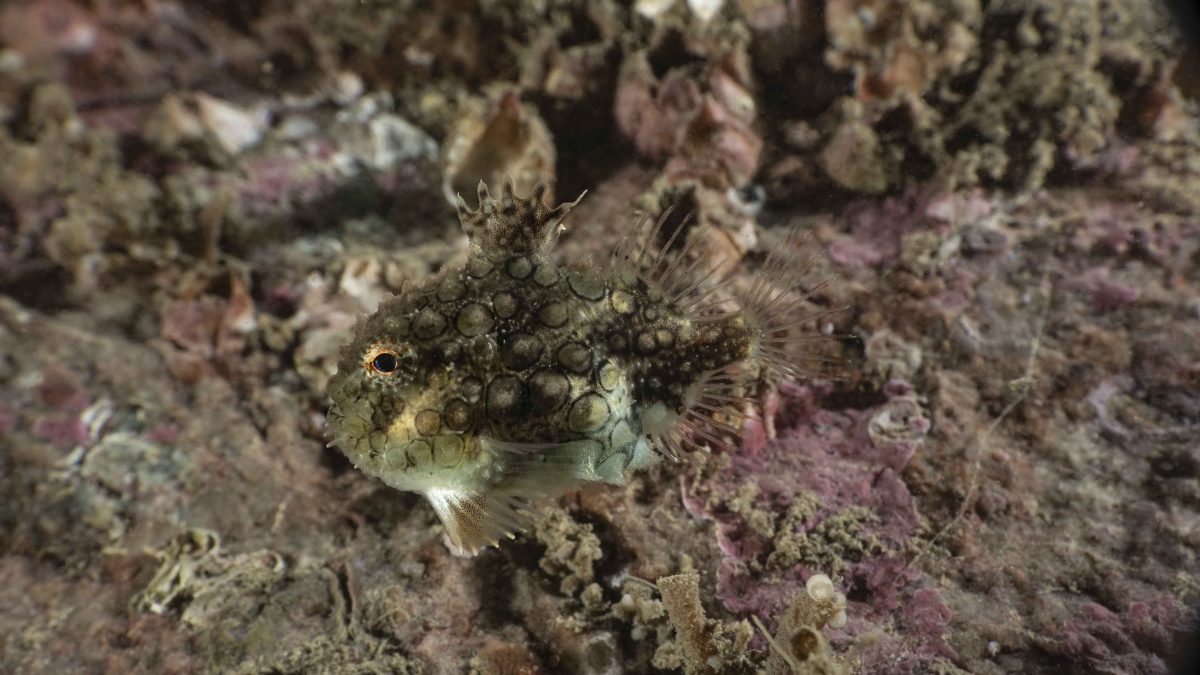
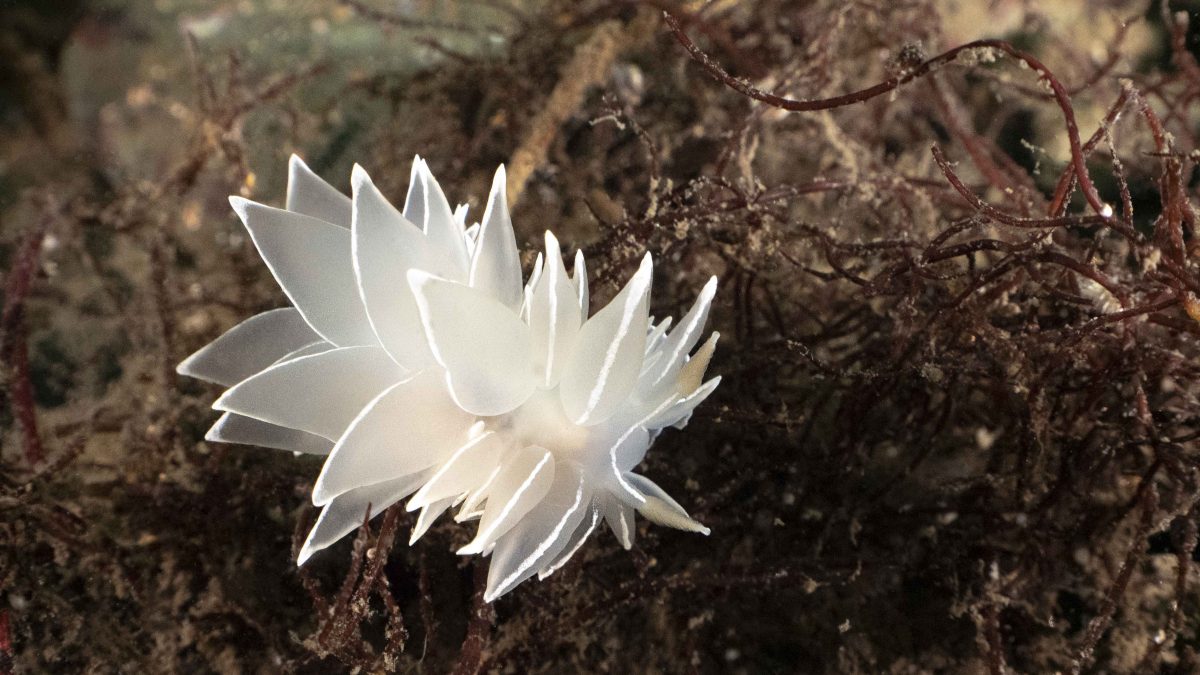
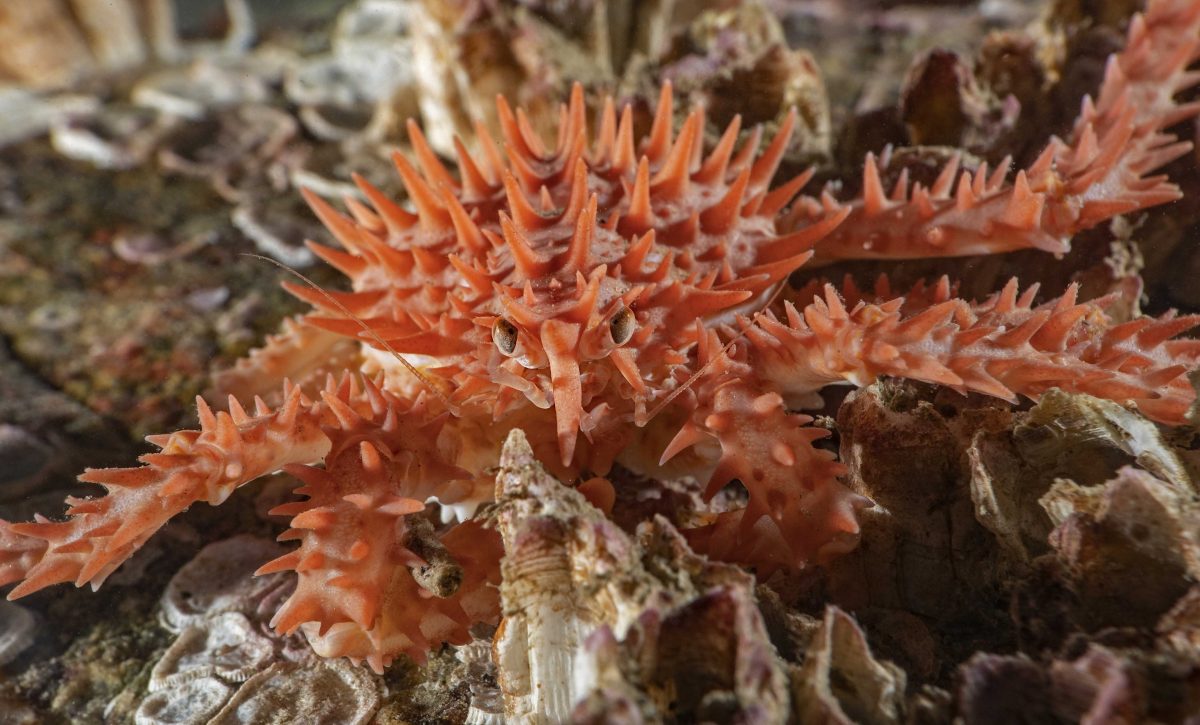
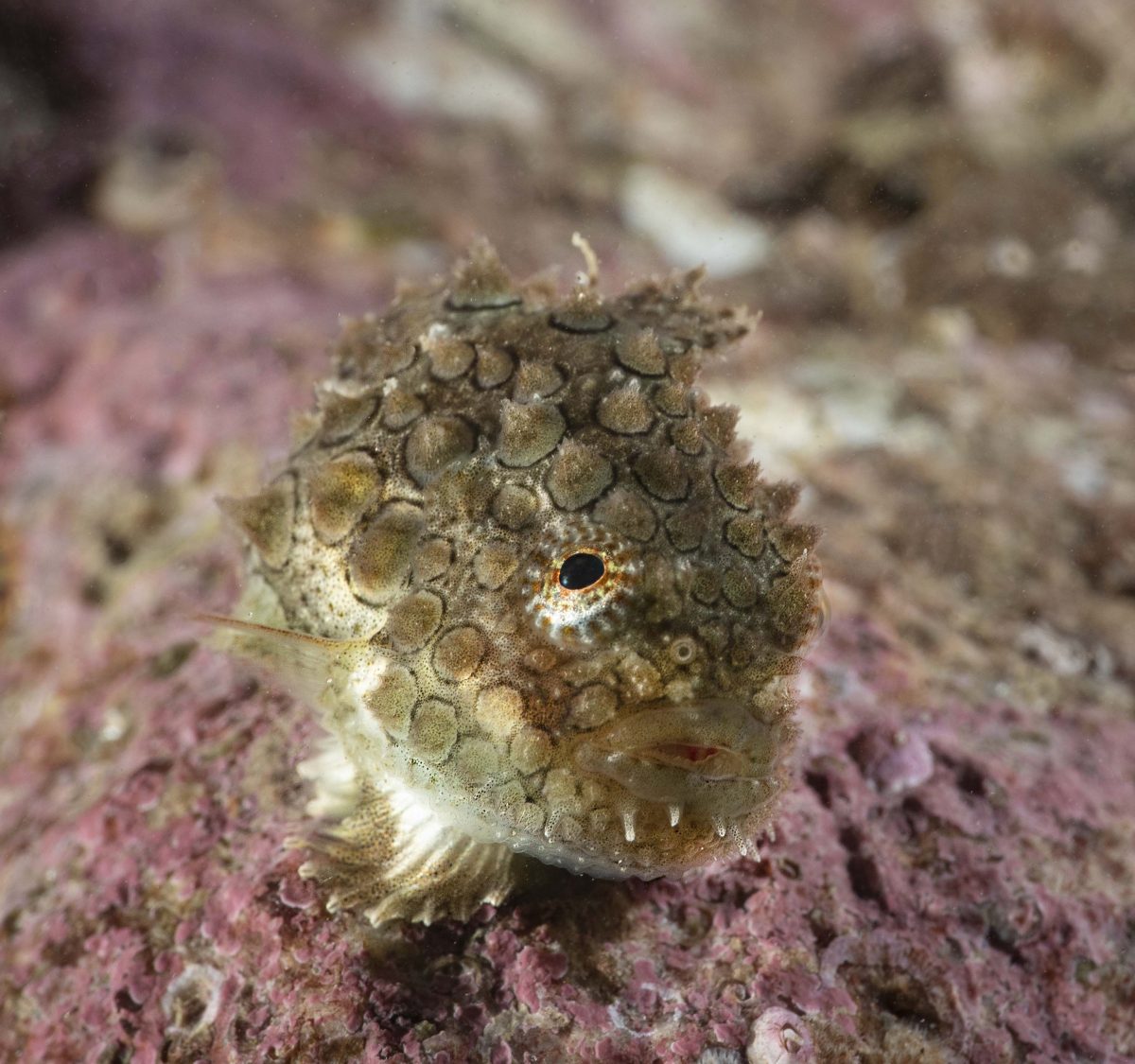
I also had the opportunity to explore a bit more of Juneau, even making it out to my very first glacier, the Mendenhall Glacier, which was just incredible to see close up!
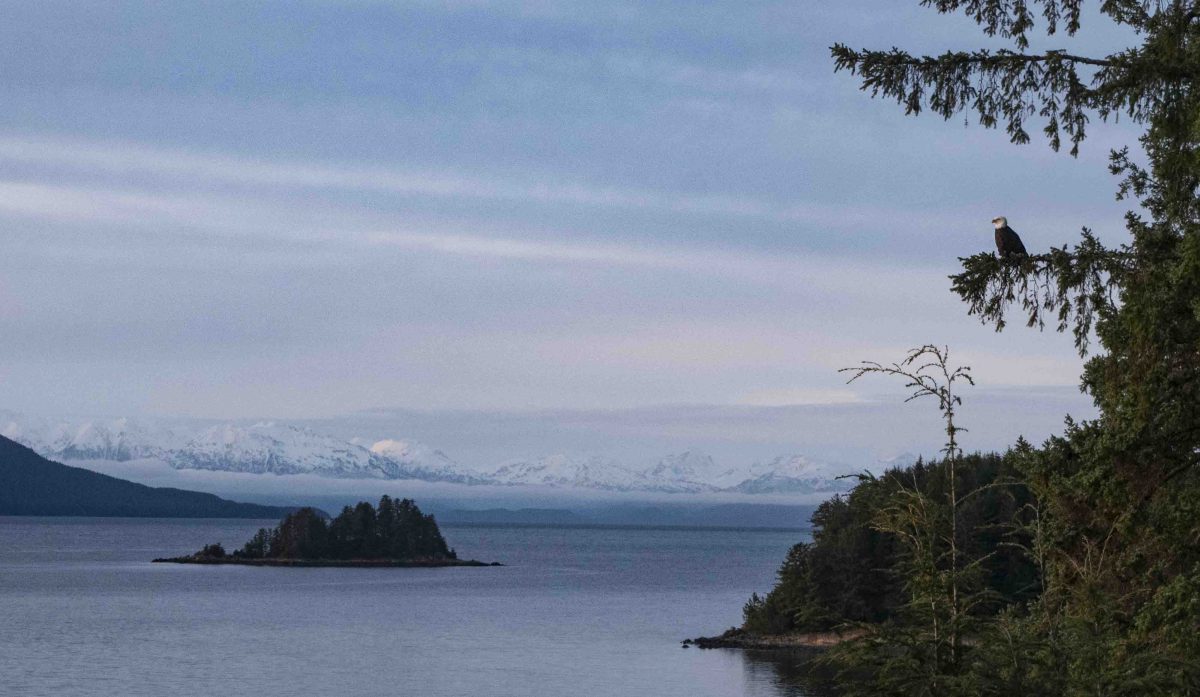


The world really is a small place – I also got the opportunity to meet and dive with 2012 OWUSS AAUS Intern Annie Thomson as well as April and Ashley, where they took me on a traditional past-time of dungee (Dungeness Crab) diving!
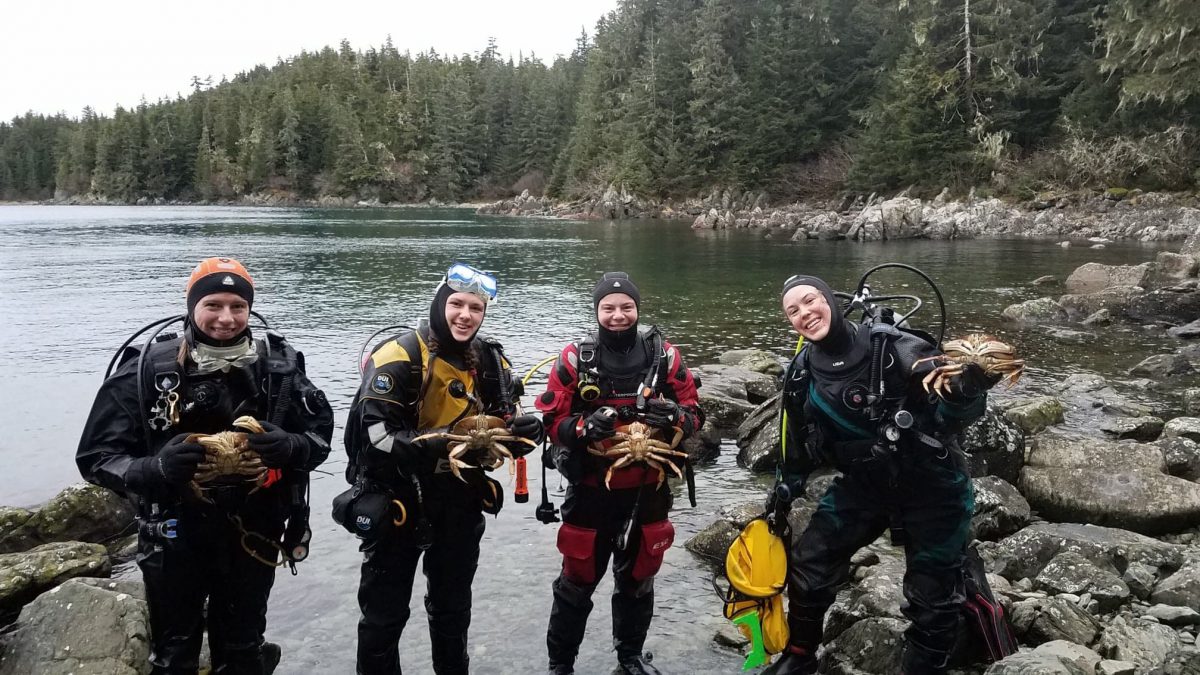
A huge thank you to Joel, Courtney, Reid and Ashley for hosting me in Alaska and for my time in both Sitka and Juneau. I absolutely loved the cold-water diving and the stunning scenery of Alaska and will certainly be back for more.
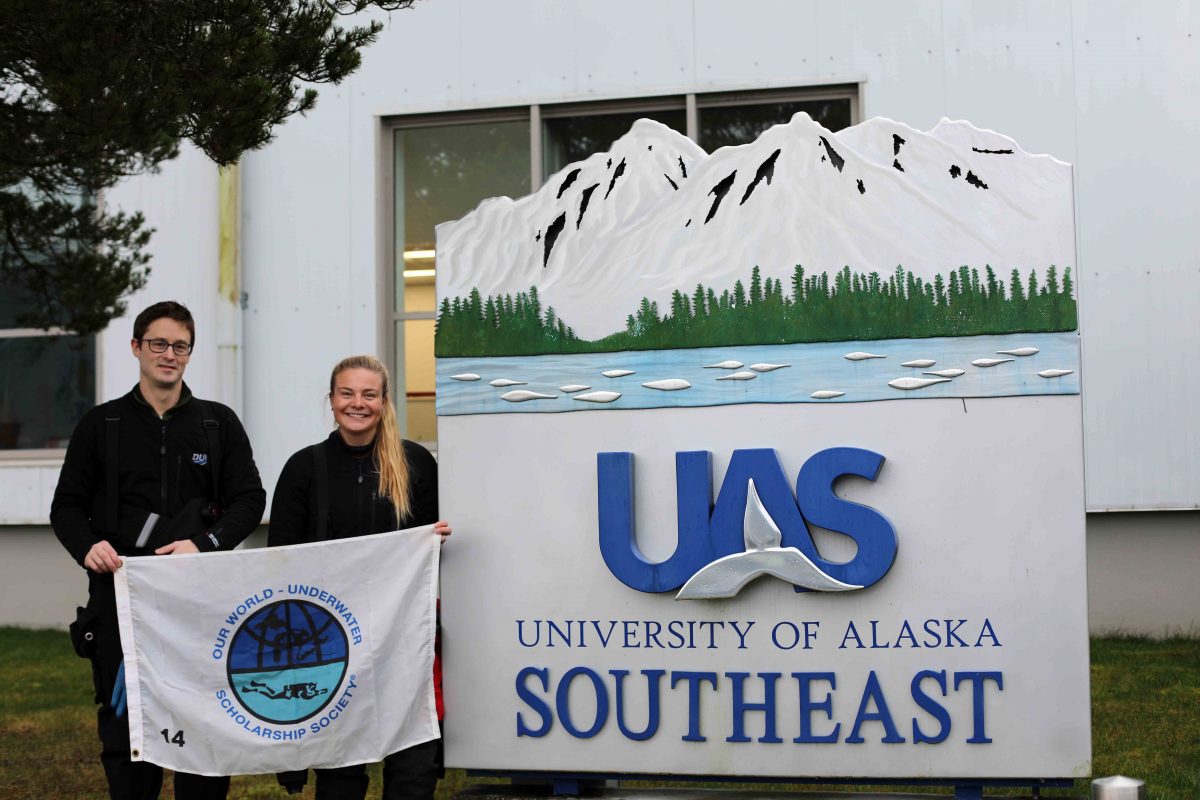
As always, a big thank you to those who continually support my scholarship year: OWUSS, Rolex, TUSA, Waterproof International, DAN, PADI, Mako Eyewear, Reef Photo & Video and Nauticam.